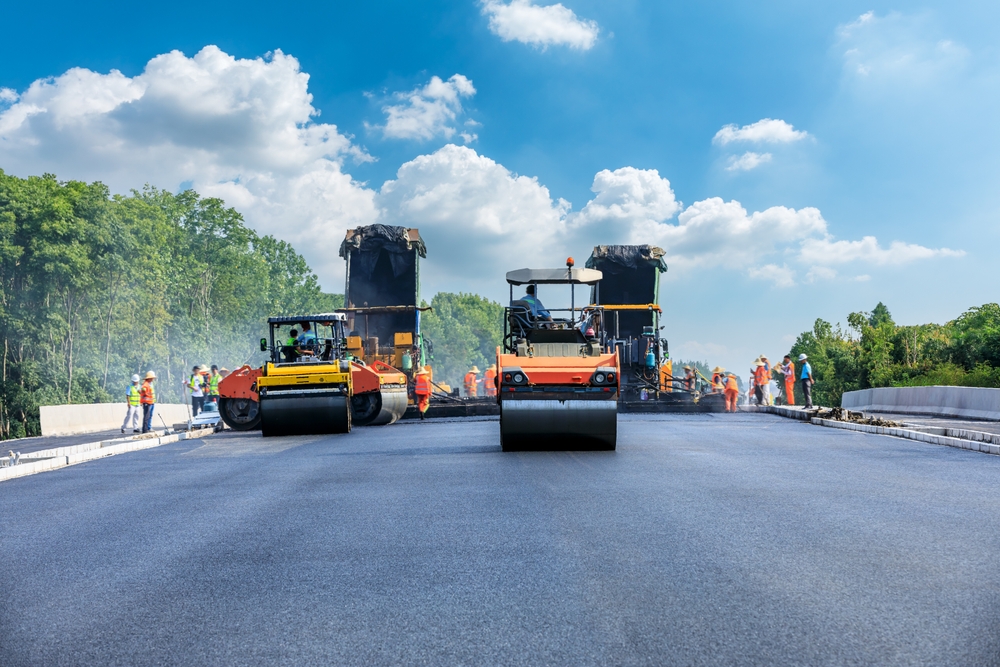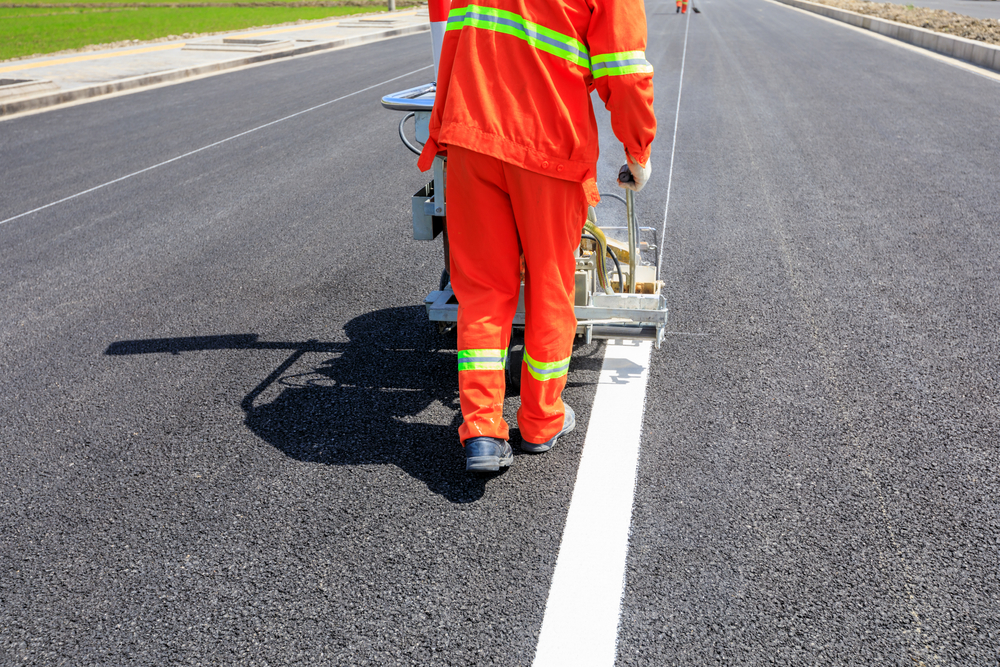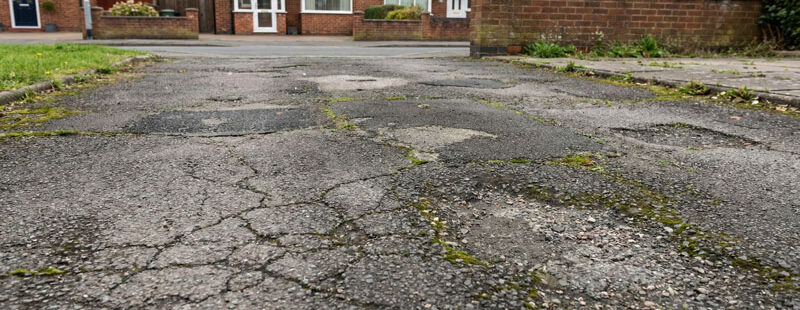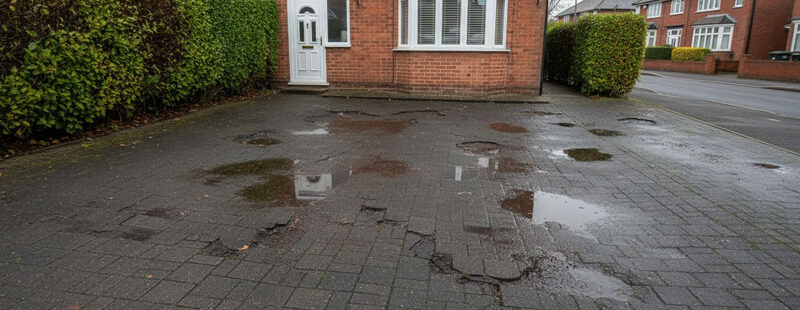
Top 5 Common Road Repairs in Hertfordshire
Common Road Repairs in Hertfordshire
Hertfordshire, a county in southern England, is known for its bustling roads and highways. With heavy traffic and various weather conditions, road surfaces in Hertfordshire are prone to damage and deterioration. To ensure the safety and comfort of road users, the local authorities regularly carry out various types of road repairs. In this article, we will discuss the top 5 most common road repairs in Hertfordshire.
1. Pothole Repairs
Potholes are one of the most prevalent issues on Hertfordshire roads. These deep, circular holes in the road surface can cause significant damage to vehicles and pose a safety risk to road users. Potholes form due to a combination of factors, including:
- Water seeping into cracks in the road surface
- Freeze-thaw cycles during cold weather
- Heavy traffic causing the road surface to deteriorate
To fix potholes, road maintenance teams use a process called “cut and fill.” This involves:
1. Cutting out the damaged area of the road
2. Cleaning the hole and ensuring it is free of debris
3. Filling the hole with a suitable repair material, such as asphalt or concrete
4. Compacting the repair material to ensure a smooth, level surface

2. Surface Dressing
Surface dressing is a cost-effective method of maintaining and extending the life of road surfaces in Hertfordshire. This process involves:
1. Cleaning the road surface to remove dirt and debris
2. Applying a thin layer of bitumen emulsion to the surface
3. Spreading a layer of chippings (small stones) over the bitumen
4. Rolling the chippings into the bitumen to create a new wearing surface
Surface dressing helps to:
- Seal cracks in the road surface
- Improve skid resistance
- Protect the underlying road structure from damage

3. Resurfacing
When a road surface becomes severely damaged or worn, resurfacing may be necessary. This process involves removing the top layer of the road surface and replacing it with a new layer of asphalt. Resurfacing is typically carried out when:
- The road surface has extensive cracks, rutting, or other damage
- The skid resistance of the road surface has deteriorated
- The road surface has reached the end of its serviceable life
Resurfacing provides a new, smooth road surface that improves safety and comfort for road users.
4. Crack Sealing
Cracks in the road surface can allow water to penetrate the underlying road structure, leading to further damage and deterioration. To prevent this, road maintenance teams use a process called crack sealing. This involves:
1. Cleaning the cracks to remove dirt and debris
2. Applying a sealant material to the cracks
3. Allowing the sealant to cure and form a waterproof barrier
Crack sealing helps to:
- Prevent water from entering the road structure
- Extend the life of the road surface
- Reduce the need for more extensive repairs in the future
5. Pavement Markings
Clear and well-maintained pavement markings are essential for road safety. In Hertfordshire, pavement markings are regularly refreshed to ensure they remain visible and legible. This includes:
- Repainting white lines, such as center lines and edge lines
- Refreshing yellow lines, such as those used for parking restrictions
- Replacing worn or damaged road studs and cat’s eyes
“Maintaining clear and visible pavement markings is a crucial aspect of road safety in Hertfordshire. We work hard to ensure that our roads are well-marked and easy to navigate for all road users.” – Jane Smith, Hertfordshire County Council Highways Manager

Conclusion
Maintaining the roads in Hertfordshire is a continuous process that involves various types of repairs and maintenance activities. By addressing issues such as potholes, surface wear, cracks, and pavement markings, the local authorities work to ensure that the county’s roads remain safe, comfortable, and reliable for all users. As a road user in Hertfordshire, it is important to be aware of these common road repairs and to report any issues or concerns to the relevant authorities.





